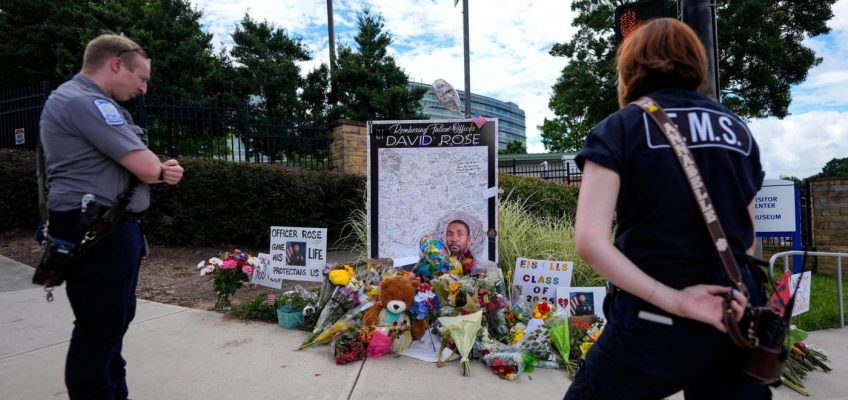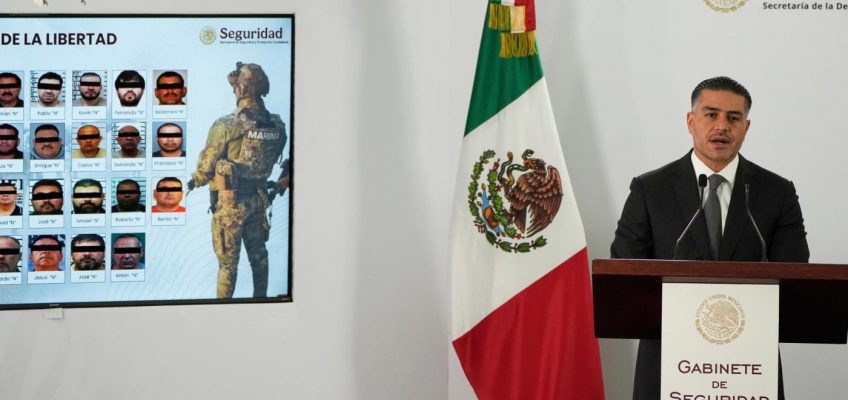If Twins fans feel like they’re living in some sort of baseball time loop, they can be forgiven. Their team’s penchant for oscillating between contention and irrelevance has been remarkably consistent since the Twins emerged from their post-World Series funk.
Starting in 2002, the Twins have been in the playoffs — division winner or wild card slot — 10 times. That’s almost every other year. On the other hand, they have lost quickly in all but the first and last of those appearances, and advanced to the American League Championship Series only once, way back in 2002.
Those are 23 long years of competitive baseball followed by losing baseball, a common, queasy about-face. That loop has played out again when the Twins made the postseason, the brief euphoria of making the playoffs quickly dashed by some internal inadequacy. Whether it was pitching, hitting or injuries didn’t matter. Twins fans knew the real culprit was the miserly ownership of local billionaires.
That’s why Wednesday’s news that the Pohlad family has decided not to sell the Twins surprised few. Never mind that the $1.7 billion price the family sought seemed ambitious. It just never felt like it was gonna happen.
It was too good to be true, but still has to sting for the Twins faithful.
Since Carl Pohlad bought the team from Calvin Griffith for $44 million in 1984, the Twins have won two World Series titles, made Kirby Puckett baseball’s first $3 million player and, in 2011, had the 10th-highest payroll in baseball. But there’s no getting around the fact that the Twins’ success has been limited by payroll
This is not uncommon for mid-market teams such as the Twins, but that doesn’t assuage the frustration. Eight of the past 10 World Series winners are among the 10 highest payrolls in baseball this season, and they make up 70 percent of runners-up. Cleveland and Kansas City are the smallest markets to send teams to the World Series since 2015.
The Twins may be stripped down to prospects and journeymen and left to stumble through the last 40-odd games of the regular season, but yesterday there was the prospect of a new owner that wouldn’t count the change, a group that wouldn’t blink at spending what it takes to not just make the postseason, but to win a World Series.
Instead, Twins fans got to work Wednesday morning and learned from a co-worker or social media that this breach in the loop has closed.
Nothing has changed, and now nothing to do with the team will.
The Pohlads found a couple of groups to join them as limited partners, which could in theory change the current direction of the club, which cut by $30 million after the team’s division title in 2023 and again when they used nine trades to deal away 10 players for prospects at the deadline.
Yet when asked Wednesday if that might allow ownership to spend more on the team, Joe Pohlad — grandson of Carl Pohlad and the team’s current chief executive chair — told the Pioneer Press, “What it allows us to do is pay down some debt and kind of reset our financial picture in order to move forward.”
That sounds like a no.
Since Derek Falvey took over as the head of player personnel in 2016 — he has since become the team’s president — the Twins have increased payroll, and even signed a couple of big-time free agents in Josh Donaldson and Carlos Correa. But those players came with caveats and ultimately were traded well before their contracts were set to expire.
Correa being moved with more than three years left of his deal — for less than nothing considering the Twins are still paying a hefty part of his contract — at this year’s deadline tells us all we need to know. The loop has not been breached.
Is it baseball or ownership? What worked before 1991 just won’t work anymore. It’s unconscionably harder.
And unfortunately for the Twins, it’s back to the future.
Former owner Calvin Griffith, left, holds back tears as new owner Carl Pohlad takes control of the Minnesota Twins in a ceremony at the Metrodome in Minneapolis on June 23, 1984. The Pohlad family, who have owned the team since 1984, announced Oct. 10, 2024 that it is exploring a sale of the franchise. (Pioneer Press file)
Related Articles
Shipley: It’s going to be a while before the Twins contend again
Acquired at deadline, trio of new Twins await their opportunity in St. Paul
Buyers or sellers? Don’t label Twins’ trade deadline plans, says Falvey




